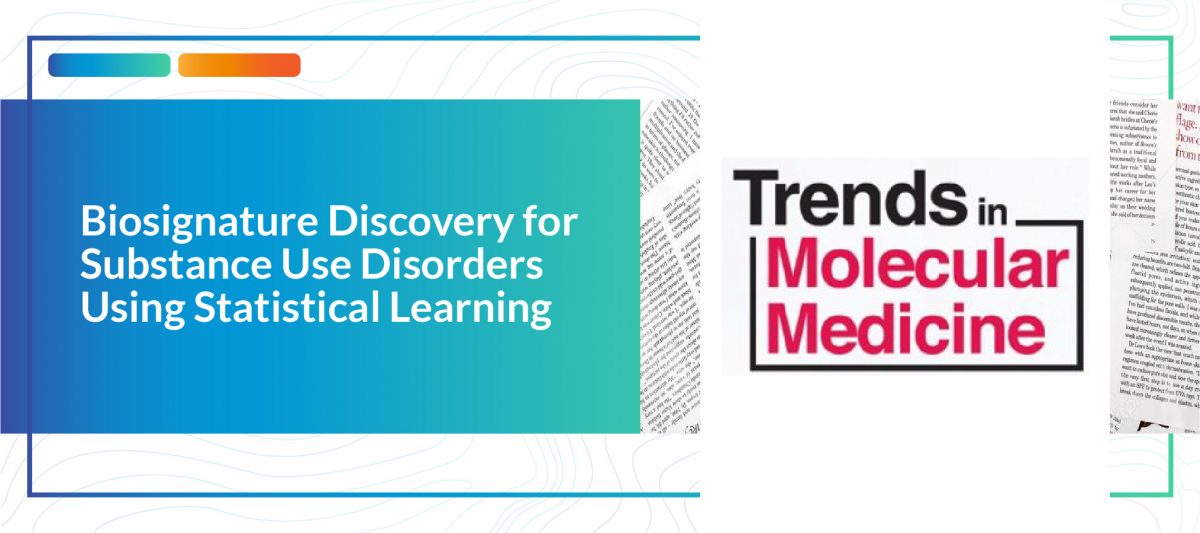Biosignature Discovery for Substance Use Disorders Using Statistical Learning

There are limited biomarkers for substance use disorders (SUDs). Traditional statistical approaches are identifying simple biomarkers in large samples, but clinical use cases are still being established. High-throughput clinical, imaging and “omic” technologies are generating data from SUD studies and may lead to more sophisticated and clinically useful models. However, analytic strategies suited for high dimensional data are not regularly used. We review strategies for identifying biomarkers and biosignatures from high dimensional data types. Focusing on penalized regression and Bayesian approaches, we address how to leverage evidence from existing studies and knowledge-bases, using as an example, nicotine metabolism. We posit that big data and machine learning approaches will considerably advance SUD biomarker discovery. However, translation to clinical practice, will require integrated scientific efforts.
Trends in Molecular Medicine 2018
James W. Baurley, Christopher S Mcmahan, Carolyn M. Ervin, Bens Pardamean, Andrew W Bergen
